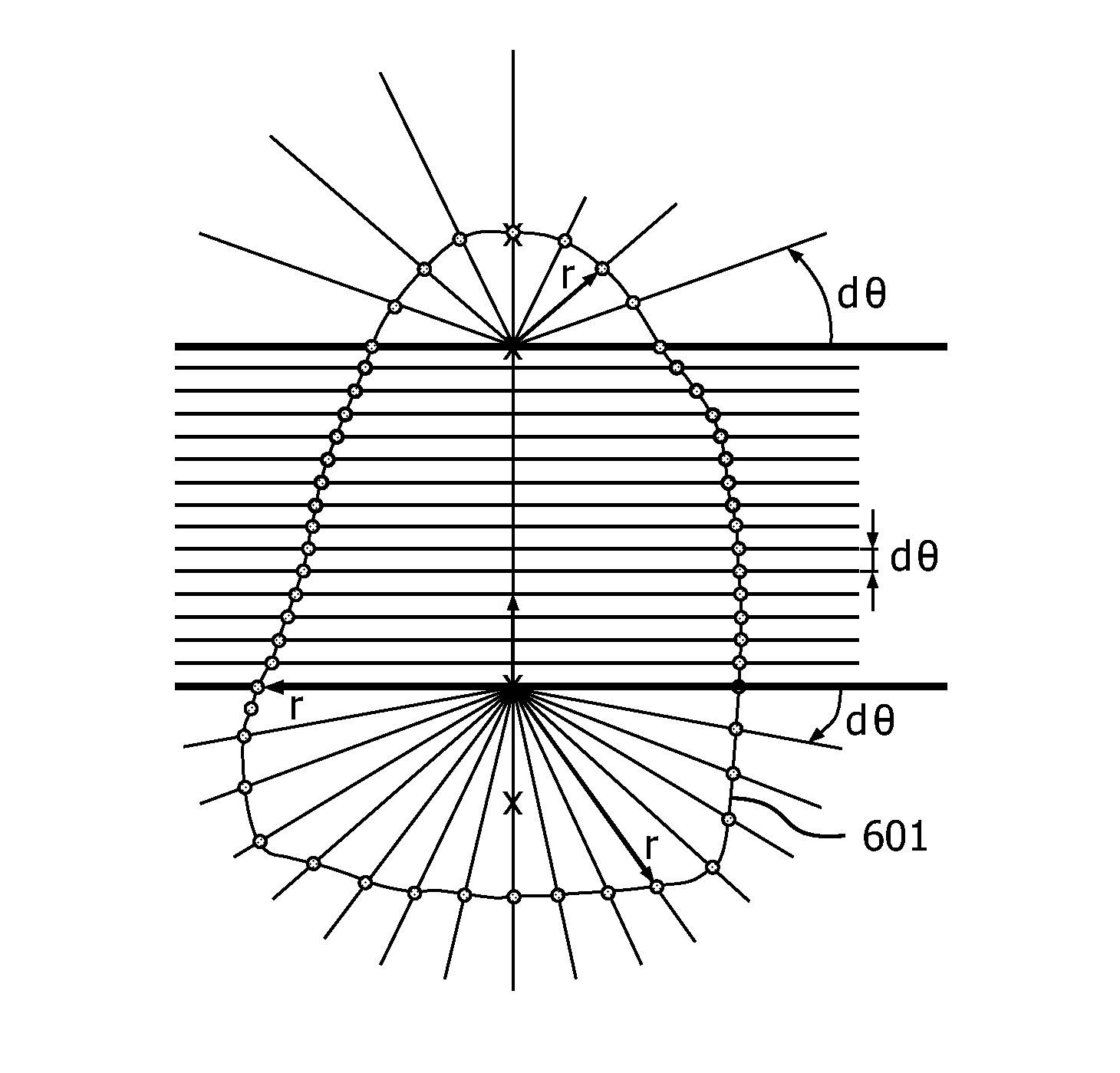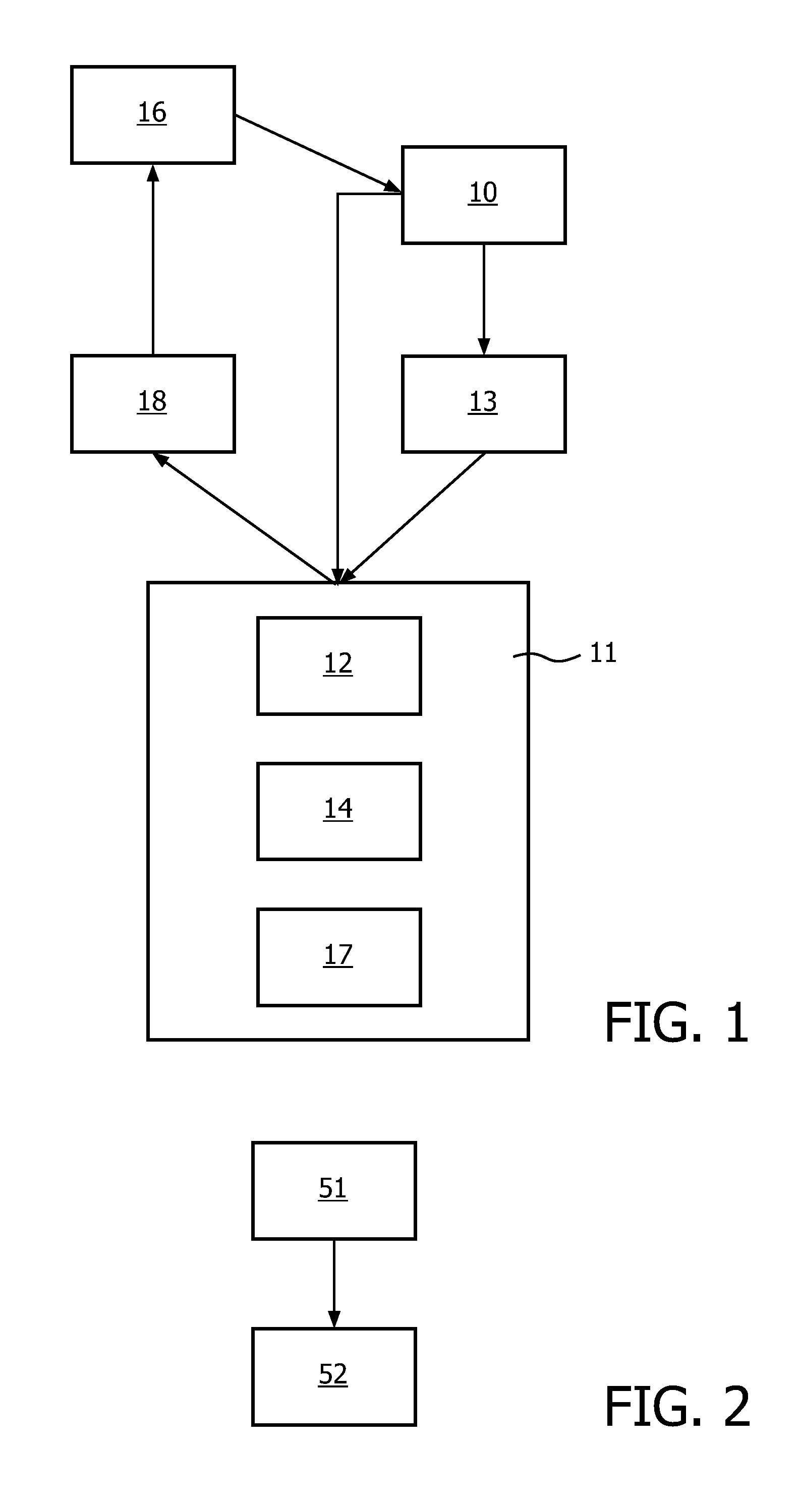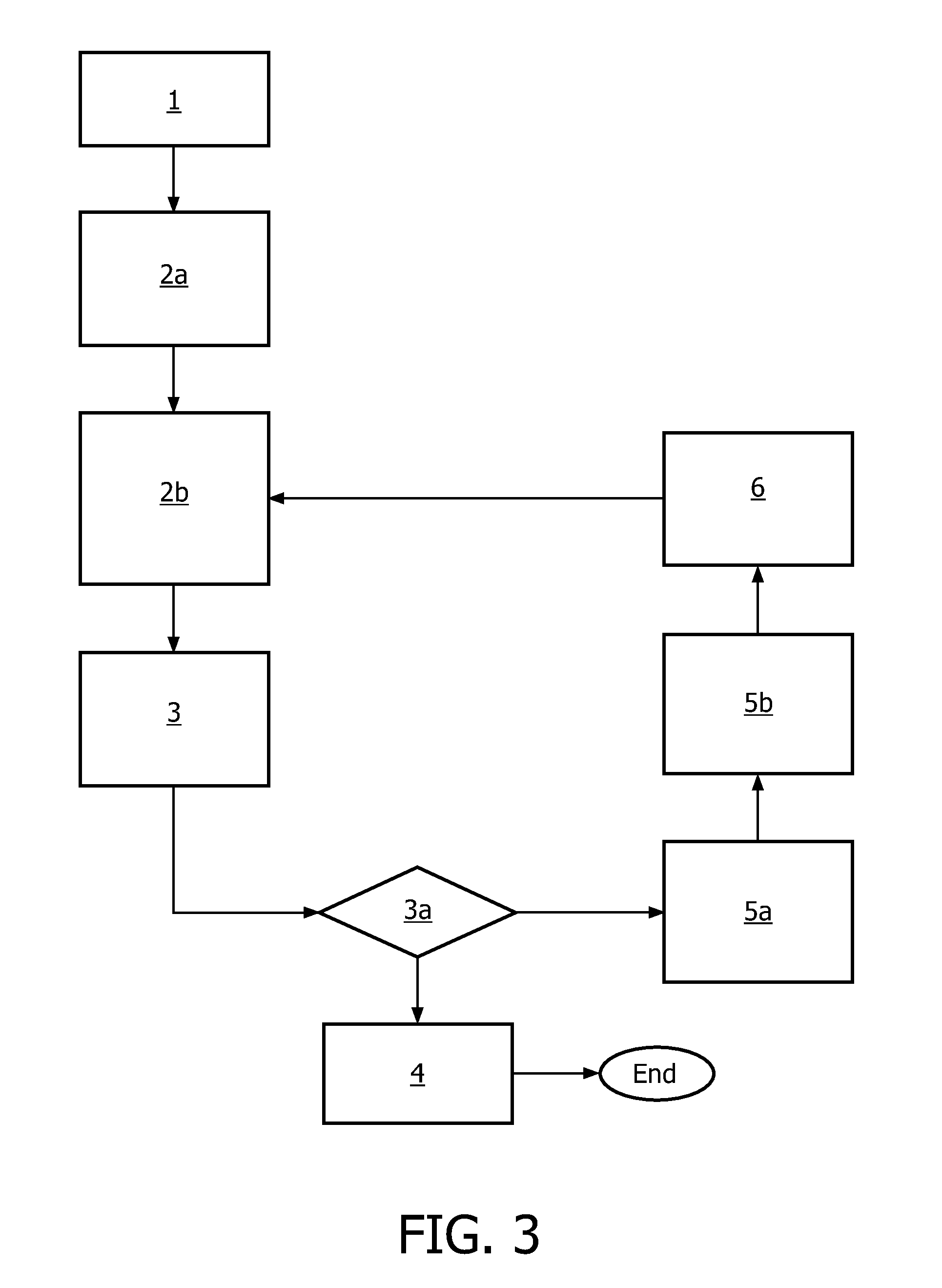Cardiac image processing and analysis
a cardiac image and processing technology, applied in the field of visualizing a cardiac image, can solve the problems that visualizations do not provide an efficient way to inspect the myocardium in detail, and achieve the effects of improving motion compensation, and reducing the number of visualization errors
- Summary
- Abstract
- Description
- Claims
- Application Information
AI Technical Summary
Benefits of technology
Problems solved by technology
Method used
Image
Examples
Embodiment Construction
[0040]Cardiac tissue motion fields can be extracted, for example, directly from the imaging mode (Doppler US or specialized MRI modes) or by using a rigid or non-rigid registration technique, for example as described in Ledesma-Carbayo et al. However, several difficulties have to be solved in order to correct and assess the validity of the estimated motion-field.
[0041]The acquired image contrast may be low in the region where motion has to be assessed. Examining the motion-compensated image sequence may be a tedious and lengthy task when using 3D time sequences (4D visualization).
[0042]FIG. 1 illustrates a system for visualizing a myocardium represented by a cardiac image associating intensity levels with three-dimensional points in a volume. Such a cardiac image is known as a volumetric cardiac image. The system may comprise a computer system including a central processor unit, memory, and storage means, as known in the art. Some or all of the means and modules described herein can...
PUM
 Login to View More
Login to View More Abstract
Description
Claims
Application Information
 Login to View More
Login to View More - R&D
- Intellectual Property
- Life Sciences
- Materials
- Tech Scout
- Unparalleled Data Quality
- Higher Quality Content
- 60% Fewer Hallucinations
Browse by: Latest US Patents, China's latest patents, Technical Efficacy Thesaurus, Application Domain, Technology Topic, Popular Technical Reports.
© 2025 PatSnap. All rights reserved.Legal|Privacy policy|Modern Slavery Act Transparency Statement|Sitemap|About US| Contact US: help@patsnap.com



